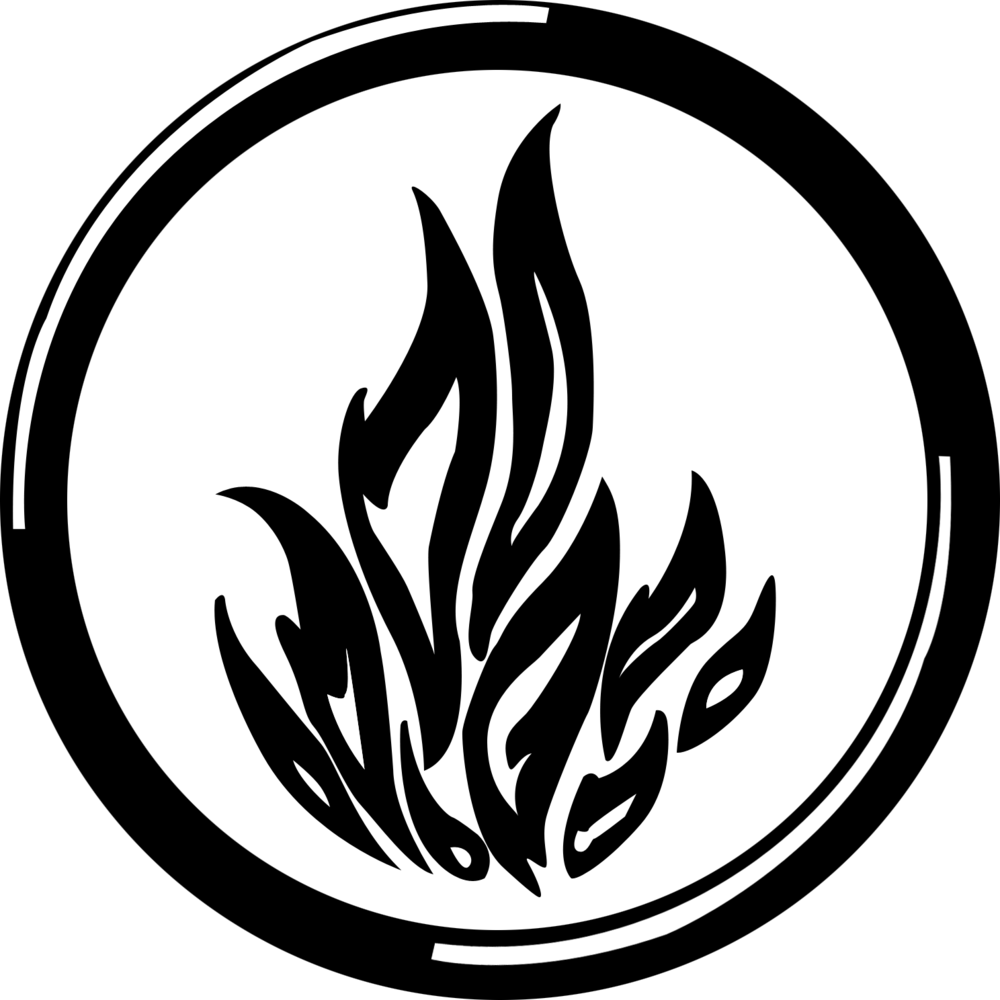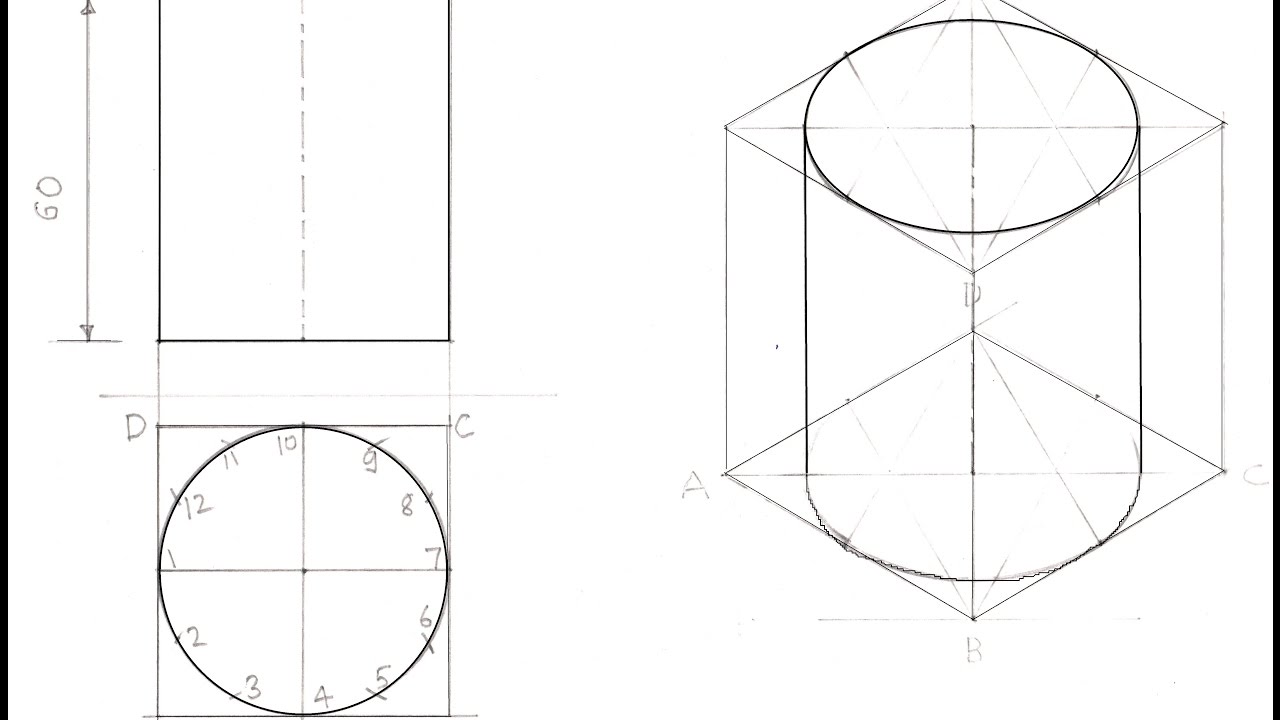Dessiner volto disegnare wajah peindre volti couleurs sketsa obtenir pemula passaggi encequiconcerne chair sketching topolino disegno emozioni colorare concernant techniques
Table of Contents
Table of Contents
Do you dream of creating stunning portraits, but feel intimidated by the complexity of drawing a face? Don’t worry, you’re not alone. Many aspiring artists struggle with drawing a convincing, lifelike face. However, with the right techniques and tools, you can master the art of drawing the face and bring your artistic vision to life.
Common Challenges When Learning How to Draw a Face
One of the biggest challenges people face when learning how to draw a face is getting the proportions right. The human face has many complex features that can be difficult to capture on paper. Additionally, it can be challenging to create depth and shading to enhance the dimensions of the face. Without a clear understanding of these fundamentals, many artists struggle to create a realistic-looking face.
How to Draw a Face Step-by-Step
To draw a face, you need to break it down into its basic shapes and proportions. Start by sketching a circle to represent the head, and then add lines to indicate the position of the facial features. Once you have the basic proportions in place, you can start adding details and shading to create a more realistic look.
Main Points of How to Draw a Face
When drawing a face, remember to:
- Start with a circle for the head
- Add lines for the facial features and proportions
- Use shading to create depth and dimension
- Pay attention to details like the eyes, nose, and mouth
Drawing a Face: My Personal Experience
Drawing a face was always a challenge for me, but it became easier after I took a drawing class that focused specifically on the human face. The instructor taught us how to break down the features into simple shapes, and this made it much easier to create a realistic-looking portrait. With practice and patience, I was able to hone my skills and create portraits that I was proud of.
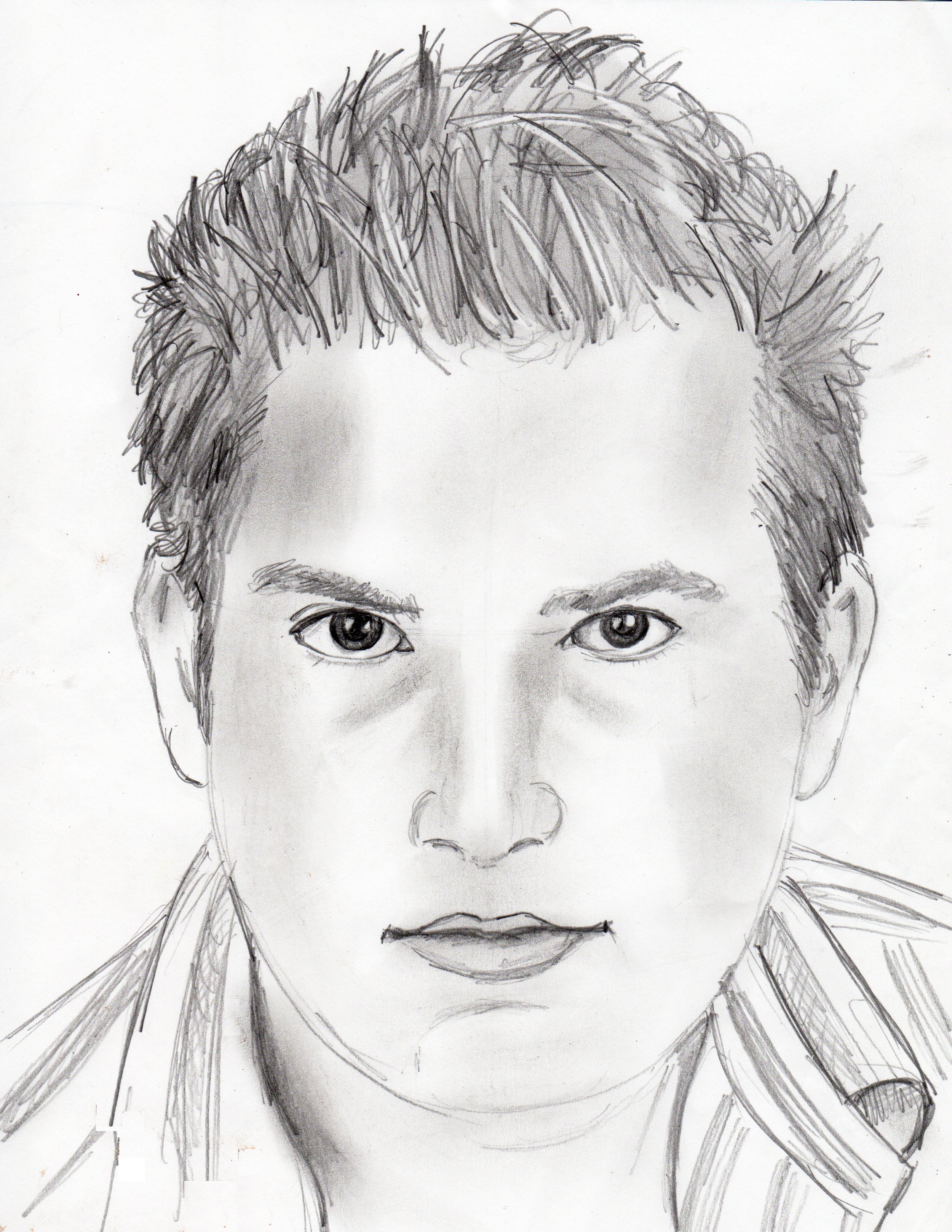 If you’re struggling with drawing a face, don’t give up. Keep practicing and seeking out resources that can help you improve your skills. With dedication and the right guidance, you can achieve your artistic goals and create stunning portraits that capture the beauty and complexity of the human face.
If you’re struggling with drawing a face, don’t give up. Keep practicing and seeking out resources that can help you improve your skills. With dedication and the right guidance, you can achieve your artistic goals and create stunning portraits that capture the beauty and complexity of the human face.
Drawing Different Facial Expressions
Learning how to draw different facial expressions is an important part of mastering the art of drawing a face. To convey emotions such as happiness, sadness, or anger, you need to pay close attention to the positioning of the features and the overall shape of the face. By studying facial expressions in real life and in artwork, you can start to understand how to capture these emotions on paper.
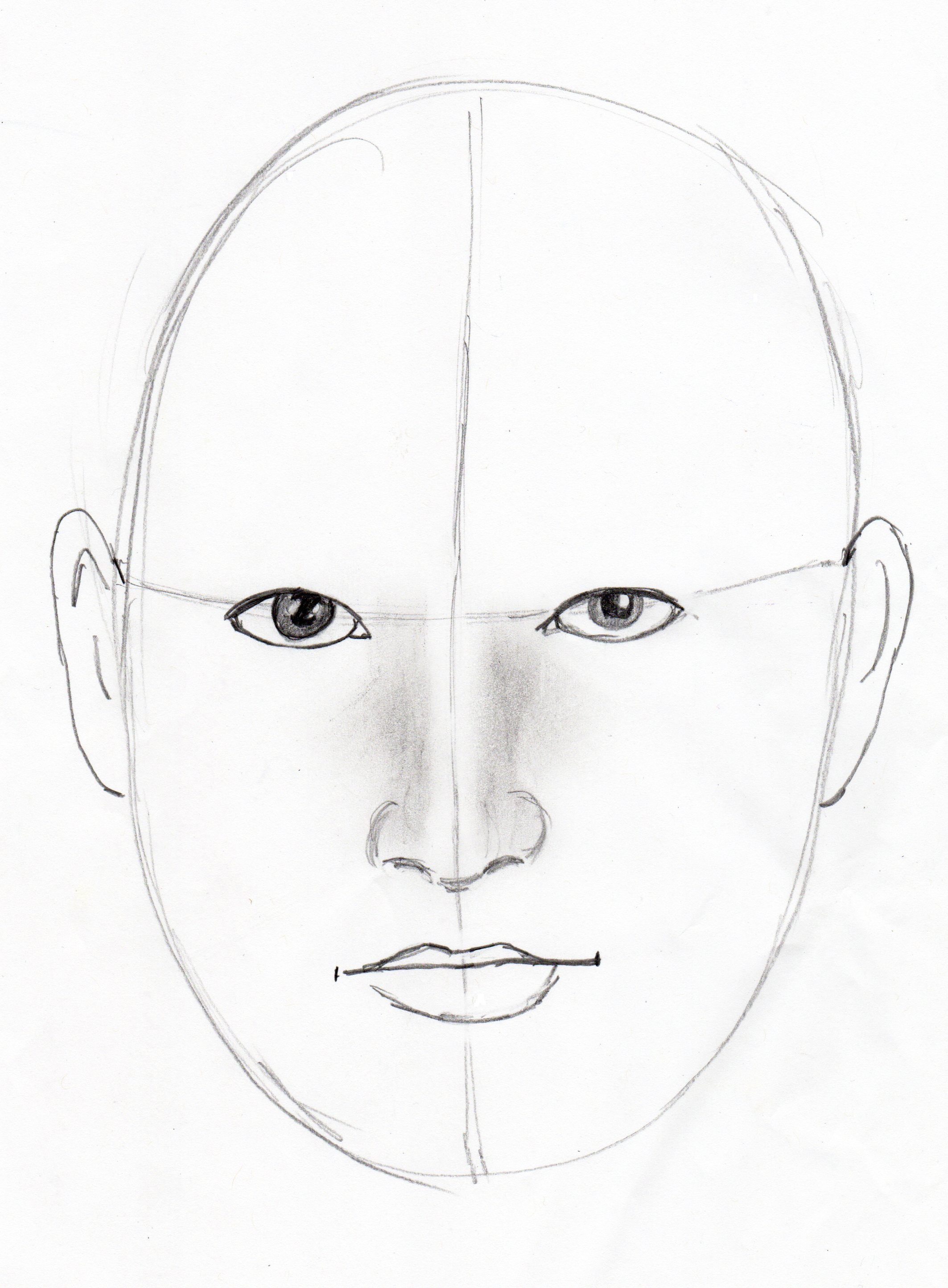 #### Using Reference Material to Improve Your Skills
#### Using Reference Material to Improve Your Skills
To improve your skills in drawing a face, it’s important to study reference material such as photographs or other artwork. This can help you to understand the proportions and shapes of the face, as well as the different facial expressions and features that make each face unique. By practicing and using reference material to guide your work, you can continue to improve your skills and create stunning portraits.
Question and Answer: How to Draw a Face
Q: How can I improve my shading technique when drawing a face?
A: Practice is key when it comes to improving your shading technique. Try experimenting with different tools such as pencils, charcoal, or pastels to see which one works best for you. Study photographs and other artwork to see how other artists use shading to create depth and dimension in their drawings.
Q: How do I capture the likeness of a person when drawing their face?
A: To capture the likeness of a person, pay close attention to the unique features that make them who they are. This could be a distinctive nose, a particular eye shape, or a specific hairstyle. Use photographs or other reference material to help guide your work and make adjustments as needed to capture the person’s unique likeness.
Q: Should I use a reference photo when drawing a face?
A: Yes, using a reference photo can be very helpful when drawing a face. It can help you to understand the proportions and shapes of the face, as well as the positioning of the features. Look for reference photos that have good lighting and clear details, so that you can accurately capture the person’s likeness and features.
Q: How do I know if my drawing of a face looks realistic?
A: One way to know if your drawing looks realistic is to hold it up next to a mirror and compare it to your own face or a photograph. This can help you to see if the proportions and features are accurate. You can also ask for feedback from other artists or instructors, who can offer constructive criticism and tips for improvement.
Conclusion of How to Draw the Face
Drawing a face may seem intimidating, but with the right tools and techniques, it’s a skill that anyone can learn. By breaking down the features into their basic shapes and proportions, using shading to create depth and dimension, and practicing regularly, you can become a master of drawing the face. With patience and dedication, you can create stunning portraits that capture the beauty and complexity of the human face.
Gallery
10 Tips For Drawing A Face - Art Starts

Photo Credit by: bing.com / drawing faces tips face lines curve
How To Draw A Face 25 Ways | Drawing Made Easy
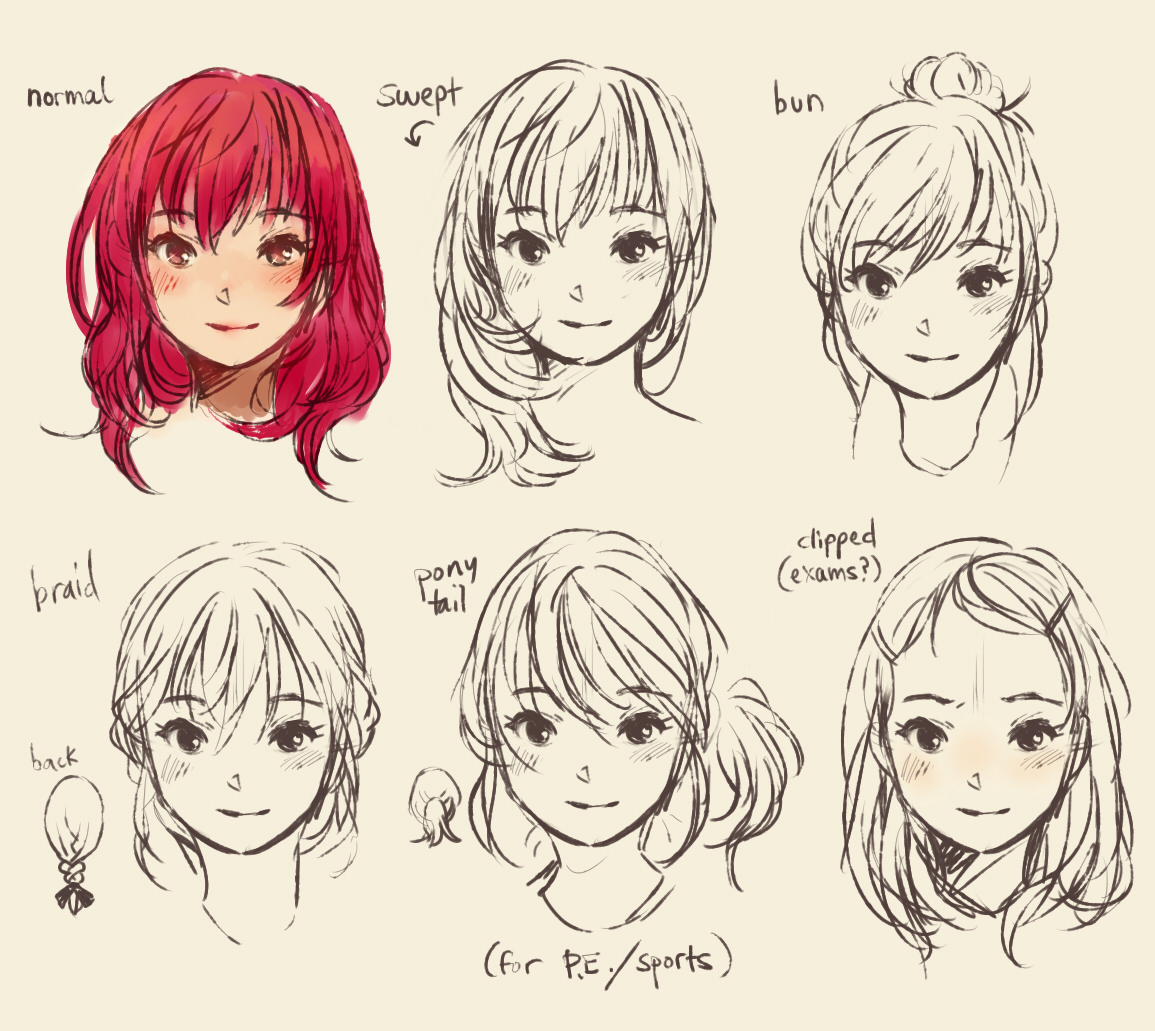
Photo Credit by: bing.com / face draw easy drawing ways made
How To Draw A Side View Of A Person : From Profile, This Plane Will Be

Photo Credit by: bing.com / dessiner volto disegnare wajah peindre volti couleurs sketsa obtenir pemula passaggi encequiconcerne chair sketching topolino disegno emozioni colorare concernant techniques
10 Tips For Drawing A Face - Art Starts

Photo Credit by: bing.com / face drawing tips draw faces drawings mask tuesday january posted paintingvalley samanthasbell
How To Draw A Face 2 - Full Image
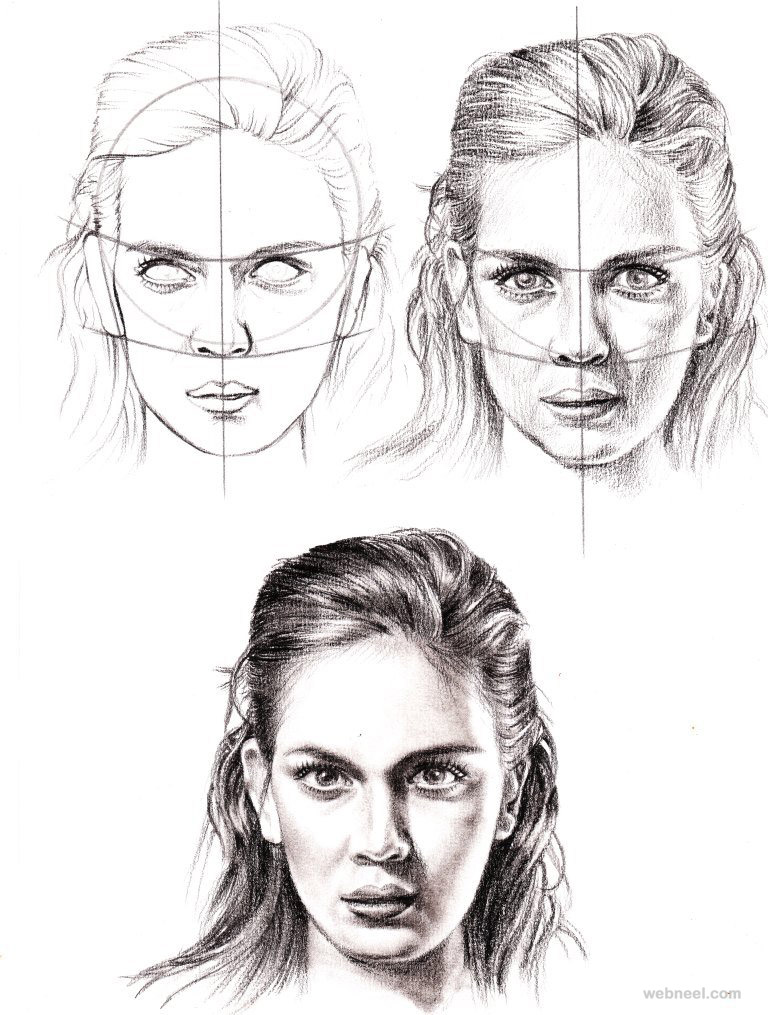
Photo Credit by: bing.com / 1015
